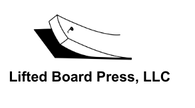|
Roman Emperor Hadrian ruled from 117-138. One of the things he's remembered for is the wall* that he had the Roman army build across the top of England. *Classic "Build the Wall" strategy: the alleged purpose was to keep the barbarians out (didn't work btw) but in practice, very useful in keeping the Roman army busy and out of Hadrian's hair. So the wall is around 1800 years old, and stretches 73 miles from the Irish Sea to the North Sea. The Roman fortifications included a steep ditch to the north of the wall, and, every mile, a milecastle where troops were on station, and between each milecastle, two watchtowers. For some of those miles, of course, the structures no longer exist—Imagine having a neat stack of beautifully quarried blocks just SITTING there century after century. Of course the rock was repurposed by the locals. Why, you might ask, is she telling us this? Because since I was a young reader, I have wanted to visit Hadrian's Wall. Using a big birthday as an excuse, I packed up my kit and betook myself to Corbridge, a little bitty village in the heart of Northumberland in the north of England. I went solo—a decision for which I was profoundly grateful on Day 2 of my walk, when the unending descents and ascents of slippery rock staircases were certainly NOT on the menu when I'd tried to lure my friends to come along. There's a lot to unpack for me about the stretch of doing something quite new without companions. It was profoundly rewarding to—like any 2-year-old will say—accomplish this myself. I hiked around 28 miles across three days. I lost count of the stiles, the stairways, the sheep, the suspicious cattle. It's a polite walking culture in the UK, and I was not the only solo woman on the trail. I slept soundly in very pleasant accommodations (Thanks Joe "Puma" Froehock for the recommendation of Mac's Adventures!). Conversations were struck up. Vistas were admired. Inspiration for book two was discovered. Complaints and old-man noises were made. I checked my heart-rate kind of a lot. Shelter was taken during the inevitable rain (ask me about my Tyvek rain skirt!). Sandwiches involving watercress were eaten al fresco with sheep as audience. KT tape became a trusted pal. And it was over all too soon. Knock wood my physical plant and my pocketbook will allow a repeat. Maybe the Cumbria Way walk. Or a bit of the 670-mile-long South West Coast Pathway? Jeepers. Wait, the Pilgrim way to Lindesfarne—ooooh. This hike was sandwiched between a few days in London and Newcastle. Not enough armchair adventure? Find me @amysmithlinton on Instagram for more about the trip.
4 Comments
<Insert sound of fife and drum> Does anyone else see a saluting soldier sporting a tricorn hat? Respect from above the treeline.
This day was formerly known as Armistice Day, marking the end of the "war to end all wars" back in 1918. My Grampa Navy -–– called for his career –– had two brothers who died young. One was a handsome rogue, killed, as the story goes, in a bar brawl over somebody else's wife. The other brother was a hero, a fighter-pilot who died during WWII when his plane crashed over the Everglades. I have no reason to doubt that Grampa Navy told the truth, or that Mumsie and her sister remembered the family histories any differently than they were told, but it's the nature of stories to evolve. The name of Grampa Navy's grandmother, Hepsie Vaughter, as case in point. So researching the genealogy, I took both brothers' stories with a grain of salt. Focusing on Uncle Buck, the nice brother (how very East of Eden that seems), I searched for his fighter pilot records on Ancestry, the National Personnel Records Service, the National Archives, Folds5, casualty lists, et cetera, all to no avail. Of course I only knew that he was likely born in Tennessee or Georgia, sometime around 1910. That his name was really George. I knew his parents' names and those of his brothers. But George Wheeler is a common name. So I went to the basics: the census. Grampa Navy was born near Copperhill, Tennessee. His father was born in Ducktown, Tennessee and worked the Burra Burra Mine as an acid man. (Dang!) My sister and Mumsie stopped by Copperhill to visit kin on their way south in the 1980's. Sarah said the place was dire: the hill of copper laid open by mining, the land as barren and dead as the surface of the moon, effluent pumping through those hollers, cars abandoned in weedy front yards. Decades later, the whole area was transformed for the Olympic Games, the river channeled and remodeled into a kayaking and canoe course, and the mine terraformed back into something human-scaled.
All of which explains why Grampa Navy and his family moved to Miami. I only knew it happened when he was fairly young, and sure enough, there they are. The little family of five sprawling across two pages of the US Census of 1930 1930: Dad a construction worker, Mom at home, George –– Uncle Buck! –– a truck driver at 20, son Ed (teen Grampa Navy!) a 17-year-old theatre usher, and 13-year-old future no-goodnik Dennis not employed. With these birthdates and places of birth for both Grampa Navy's brothers, Ancestry.com. led me to Uncle Buck's 1934 marriage to Ina Pearl. Otherwise known as Aunt Betty, for which we can't blame her. In Mumsie's version, anyhow, she was Betty by nature, Betty by name. And there the trail went cold for me. The mystery of Uncle Buck's death remained unsolved (or at least undocumented) for years. In a 1938 city directory, he's selling insurance, living in what later became Little Havana. In the 1940 census, he and Betty are still in Miami. He's a tire service man, and they have Betty's 10-year-old niece Nina, plus a boarder, Orban Strickland, living with them. Looking at the handwriting, I speculate whether Orban is related to neighbor Hokes Stickland, a neighbor. The censuses (I pause here to look up how to correctly spell more than one census. Censuses it is, but censusses is also acceptable, as is a plural census) from after 1940 have not yet been made public, so I needed to seek elsewhere for intel. Opinion among my elders varied, but they thought Uncle Buck's plane went down in 1944. I kept poking at the question and –– thank you Dawn N for the assist –– Newspapers.com eventually turned up the goods. A later article in the Miami News corrected the location of the plane crash to Melbourne Florida rather than Melbourne Australia. It's an understandable mistake, especially as the crash occurred during the height of the Guadalcanal Campaign in the Solomon Islands on the other side of the world. Plus, it was a Miami paper, so Melbourne might have seemed veritable Antipodes.
I'm satisfied. I'll call Uncle Buck, a Naval airman, a war hero. I don't know his rank yet, but I don't believe he was at the wheel. Melbourne, Florida, by the way, is located north of Miami on the east coast of Florida, not very close to the Everglades, but it's at least the same state as the family legend. It might even count as the Bermuda Triangle. There's so much left untold from the paper record. It's interesting to note that Hokes Strickland, his former neighbor, is among the pallbearers. I consider Aunt Betty, so cheerful in these sepia toned images with her young husband, widowed at 34. The good news is that after the war, she married again and is carried away by the tides of time. Memorial Day Update May 2021 Thanks to alert reader, Ken H., I got hold of the official Navy accident report. A training flight out of the Banana River Naval base (we race our sailboat on that section of the river each December!) crashed on landing after the failure of an engine. Five survivors, seven fatalities. The survivors paddled to shore in an inflatable lifeboat. As I read it, G.R. Wheeler, Uncle Buck, was not the pilot. He's listed as an "AS," an aviation equipment specialist, acting as "NFO" a naval flight officer on the plane. An NFO, as the inter webs inform, was often a specialist in a weapons or sensor system. A tragic accident, but still, as Guy, the nice guy at accident-report.com said, they gave their all, which makes them heroes. Sometimes, the bookshelf is stocked with wide-ranging topics. Other times the books seem to form clusters. Maybe it's just a question of what's interesting: a rash of murder-mysteries, a brace of biographies, a deep delve into orbital mechanics. Or perhaps just luck of the draw. For the past year or so, I have read many stories about the London Blitz and also about the female spies of World War II.
This historical moment –– the bombing of civilians and the endurance of those citizens –– is sadly not unique to the British. It's happening right now, of course. Terrible things happen again and again. With the Blitz, I suppose part of the pleasure is knowing that it ended. And that the bad guys did not win. With this setting, I've been enjoying a whole host of novels and the odd non-fiction volume. Here's a trio of recommendations:
I haven't yet had my fill of Blitz stories –– and espionage-by-women tales, the topic for another day –– if anyone has recommendations?
My favorite line from the Declaration of Independence? It's not how "we hold these truths to be self-evident" –– even though that is one of the neatest summaries of all time (all are created equal, with the right to life, liberty, and the pursuit of happiness). Nor is it how governments "derive their power from the will of the governed," which is likewise very elegant. That initial section endures and continues to inspire. No, the part I enjoy most is where the reasons for the rebellion from Britain and its king are set out in full and querulous detail. It's a laundry list of offenses, including my personal favorite:
"He is at this time transporting large Armies of foreign Mercenaries to compleat the works of death, desolation and tyranny, already begun with circumstances of Cruelty & perfidy scarcely paralleled in the most barbarous ages, and totally unworthy the Head of a civilized nation."* This is just one of a couple of dozen of reasons that the 13 states agreed to start the Revolution. You can feel the outrage and exhaustion –– though it was written mostly by Thomas Jefferson, the whole document was agreed to by committee. Committee-approved! Booyah! Sadly, other complaints against the King (like this one: "He has waged cruel war against human nature itself, violating its most sacred rights of life and liberty in the persons of a distant people who never offended him, captivating & carrying them into slavery in another hemisphere, or incur miserable death in transportation thither.") didn't make the cut. How different a Republic it would have been had that one made it. Committee-disapproved! Sheeeeit! *Don't recognize these lines? That's okay. National Public Radio broadcasts the Declaration in full every year and you can read the whole thing in a careful ten minutes or so.. Here's a link to our fantastic National Archives transcription. The internet is one supersized overshare. Along with the thousands of selfies and blogs about piffle, plus all those YouTube videos about optimal application of eyeliner, surviving the Apocalypse, cleaning scallops using a shop vac, and SO much more, sites beyond number offer deliciously random information to the careless researcher. And by careless, I mean "easily distracted." By which naturally, I refer to myself. I was on the track of my namesake 3x gr-grandmother, Amy Cole Hall. She lived mostly in Pennsylvania, but also in Litchfield, Connecticut. Somehow (and it's always a bit of a click-mystery) I ended up on someone else's compilation of documents pertaining to their ancestors, the Sturdevants of Luzerne, Pennsylvania. Naturally, I started reading. The Sturdevants connect to another branch of my family, but I didn't know that at the time. Oh the eternal difficulty in resisting the temptation of other people's letters... An exerpt from a letter 14 Oct 1842 from Dr. George Lane Keeney to Salmon Keeney, quoting from a letter from brother Seth: "My wife has been counting up while I notched a stick, and we find we have (9) nine living children, 4 girls and 5 boys."* Does this seem –– um –– peculiar that a married couple needed to notch a stick to count their living children? The internet link to the letters is here. Also among the paper-trail of the Sturdevants is what might be some of my new favorite letters* of all time. Anyone who commits words to paper is aware that the record will live on; it's kind of the point of putting words on paper, right? I made a sound recording of one letter –– both for the interest of clarity, as the grammar and spelling was irregular, but also because it was fun to voice those words. *My previous all-time favorite letters? A series of wonderful schadenfreude-inducing Christmas newsletters from a certain childhood friend's unhappy wife (oh! how I looked forward to those each December! Even after their divorce, I kept getting these little masterpieces of misery bedecked with images of holly and jolly St. Nick! I should be more ashamed to enjoy them, but she had such a way with passive aggression!) In any case, herewith the letter 7 June 1842 from Asahel Keeney to his brother Dr. George Keeney. It's a brutal catalogue of local gossip. Burn baby, burn. There's another letter to their sister, Amy Keeney Hall –– not my Amy, but of interest anyhow –– mentioning that poor pitiful Phebe Wilson, who "quit hur husband to keep from starving." Brother Seth writes "we callculated to have visited you this fall but my health prevented If I live untill another fall I will be sure to visit."
I hope he had the chance. During our 9000-mile trek around the western US, we learned a few things about Utah. First, it's got zillions of acres of dramatic desert scenery and otherworldly rock formations. One ranger-led evening program included an entertaining slide show where the audience was invited to guess: Mars? Or Utah? It was harder than you might expect. Second big thing about Utah? Mormonism. What we don't know about the religion would fill a library. (Just for the record: our ignorance extends to nearly all branches of belief. We are non-denominational like that.) But thanks to the Big Parks Trip, we do know why there are orchards at Capitol Reef National Park, and why the fort at Pipe Springs was built. Here's my abbreviated version of the history: Back in the day (mid 1800's), when Mormons were facing persecution in the eastern US, Brigham Young led his followers into the Utah Territory, where they could practice their religion without oversight or interference from the government. Since, naturally, the territory was not yet a state. Long story short, the conflict between faith and state came to actual war between Young's followers (the Nauvoo Legion) and the US Army.
As in, one can wander around in the orchard and eat apricots to one's heart's content. 3000 or so fruit trees are maintained by the National Parks Service (the last settlers moved out in the 1960's after selling their land to the Park). An earthly paradise. And likewise, the Mormon ranch at Pipe Springs is a National Monument. Halfway between Zion National Park and the Grand Canyon, Pipe Springs served as a stop-over for early tourists out west. My historical summary: For time immemorial, local Kaibab Paiute people came here on their annual circuit. At the end of winter, this little oasis was full of rice grass and small game. And for time immemorial, the Paiutes moved along for better hunting and gathering as the seasons changed.
Luckily for the Mormons, these particular natives were not a warlike lot. Between small-pox, TB, and starvation, the local population of natives dwindled pretty rapidly.
Drought and ongoing federal prosecution of polygamy (check out the Edmunds-Tucker Act of 1887 for some stimulating thought on church vs. state) put an end to Mormon ownership of the ranch. It became a National Monument partly because Pipe Springs offered a way-station between the Grand Canyon and Zion National Park, Today, the water rights are split between the Kaibab Paiute Tribe, the National Parks Service, and a group of descendants of the cattle farmers. The Kaibab Paiute (now numbering 200 souls) would still like to have the spring back, by the way. Ironically, of course, when the states came into being, Pipe Springs ended up in Arizona rather than Utah. Which is another thing we learned about Utah. Additional References https://www.kaibabpaiute-nsn.gov/KPTCEDS.pdf https://www.everyculture.com/multi/Le-Pa/Paiutes.html http://itcaonline.com/?page_id=1166 https://heritage.utah.gov/tag/the-paiute-tribe-of-utah https://www.deseretnews.com/article/865574356/A-visit-to-pioneer-oasis-Arizonas-Pipe-Spring.html On our 9000 mile tour of the western US, Captain Winnebago drove and moi –– his trusted Snactition –– ran the maps. Except for this one time... We had just spent a couple of halcyon days at what turned out to be one highlight of the highly-lit trip –– Custer State Park. We aren't fond of the historical figure, but his namesake chunk of land in the Black Hills of South Dakota? Really wonderful. More about that anon.
We had to go to Bare Butt State Park. How could we not? Like so many serendipitous moments while traveling, this came out of nowhere and delivered what we hadn't even thought to expect.
Like Devil's Tower, Bear Butte is an incongruously tall mountain in the midst of the high plains. It's mysterious and magnificent. However, Bear Butte is still in use as a spiritual center of Native American culture. Unlike nearly everywhere else we went, Bear Butte State Park was staffed by Native Americans, managed by Native Americans, and visited largely by Native Americans. I grant you, one day of hiking does not an expert make. But there's plenty of data for me to form some theories.
Nearly everyone we saw –– the shirtless dark-haired boys pelting down the trail at top speed, the elderly ladies in skirts assisting one another uphill, the dressed-up middle-aged couple wheezing asthmatically, the young family way way up the trail carrying their littlest up the ladder-stairs –– looks to us as if they don't need to be reminded of the mountain's significance. Before reaching the summit, there's a saddle where you can look for miles in every direction. You can see four states, though the big colorful Rand-McNally lines are not quite visible. If you were watching, you'd probably be able to see enemies approaching for a long time before they arrived. The wind blows right up the Butte from all directions. It's eerie. And beautiful. And it reminded us, for the next six thousand or so miles, that these astonishing natural wonders we treasure were also sacred ground for cultures that came before us. Even if people stopped leaving fabric gifts tied onto the branches like Tibeten flags, fluttering to the heavens.
*I love that phrase, which goes something like, "In April...then folk do long to go on pilgrimage," from the opening sentence of Chaucer's The Canterbury Tales. In the interest of brutal honesty and over-sharing, inside that ellipsis? Those three dots contain an entire universe of wordy wordy words that may have in played a pivotal role in my decision NOT to pursue graduate work in English.
The third time, I realized quoting the opening lines of The Canterbury Tales in the original Middle English was a painful dating stratagem of people in my chosen field of study. The idea being, perhaps, to stupefy and render the object unconscious.
Still, April is a time when folk DO long to hit the road. Springtime itchy feet. Questing for sunny beaches or the last few downhill runs, going for the peak cherry blossoms or those first bulbs poking heads out of the mud. Each trip worth a Tale.
But when I do –– oh heckydoodle, who am I trying to fool? Whole chunks of time are left bleeding and helpless in my wake.
I'd like to be bigger and better than this, but I just kept hoping to find a more flattering match for my own face. Time, I will not pretend, was laid waste in the mostly fruitless effort. Portrait of a Man Dressed as a Shepard, Sigh. Portrait of the Danish King Christian. Heavy sigh. Fine fine fine. I didn't go so far as to put on make-up, which I hope explains why me and King Christian both look a little, um, fatigued. Still, even when I went way, way, way back, to the passport photos that didn't turn into my first passport –– kind of a funny story. I was pretty sure I had been adopted after the passport office rejected my application MORE THAN ONCE –– guess who Google says I look like?
|
About the Blog
A lot of ground gets covered on this blog -- from sailboat racing to book suggestions to plain old piffle. FollowTrying to keep track? Follow me on Facebook or Twitter or if you use an aggregator, click the RSS option below.
Old school? Sign up for the newsletter and I'll shoot you a short e-mail when there's something new.
Archives
June 2024
Categories
All
|














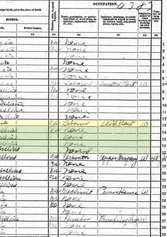


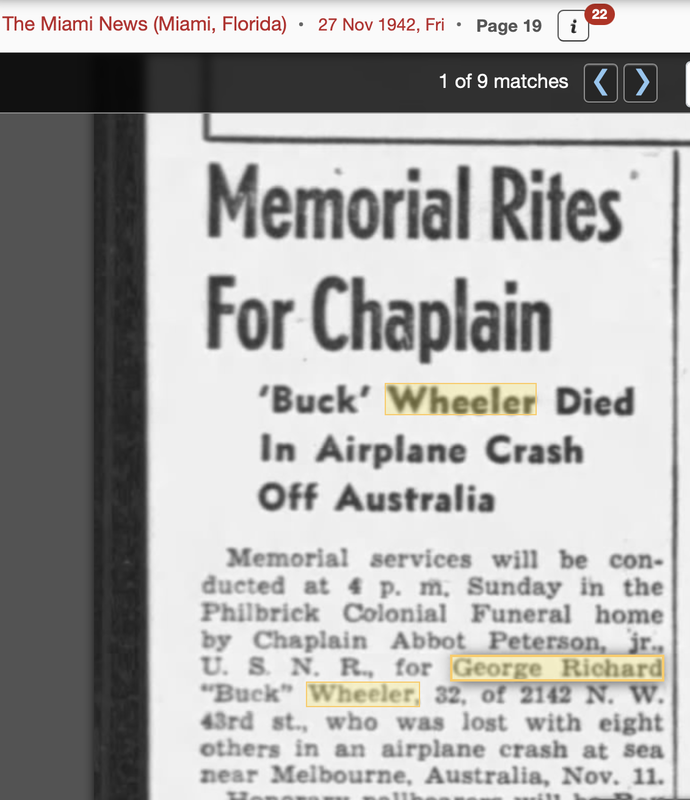
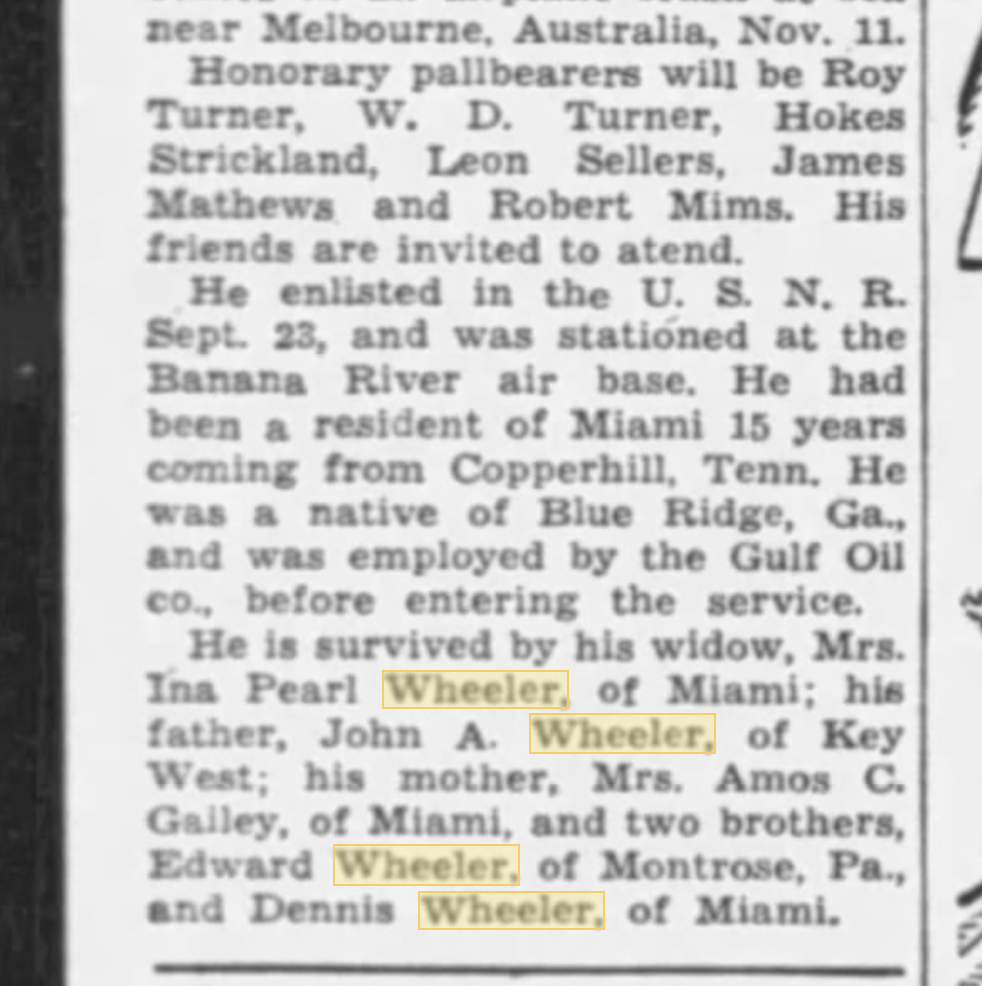
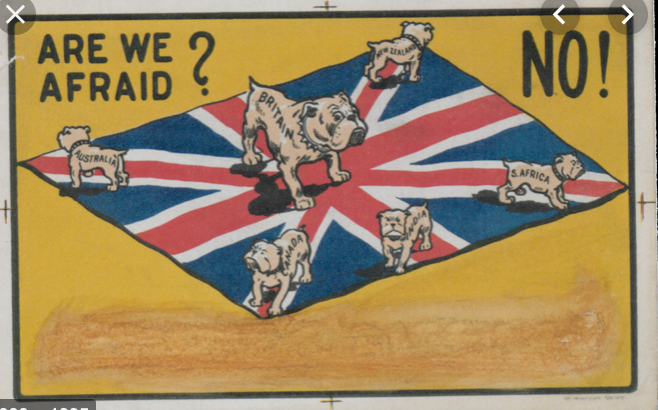
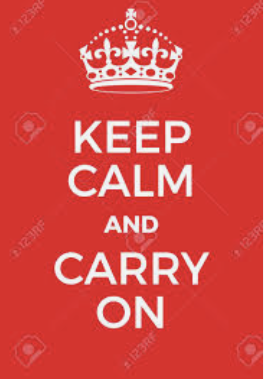

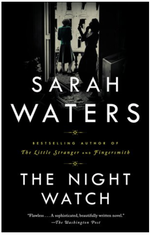

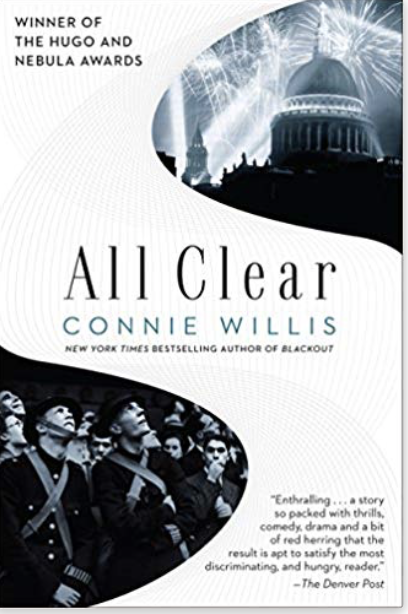
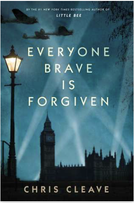
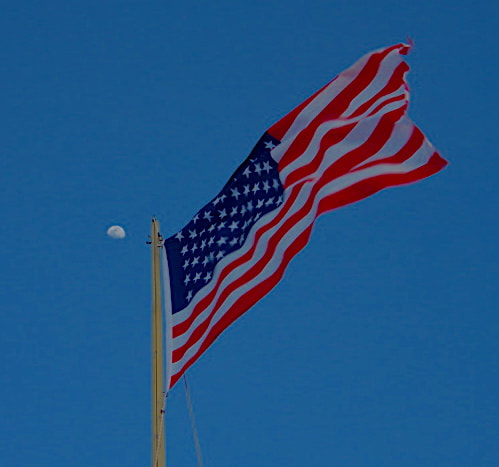
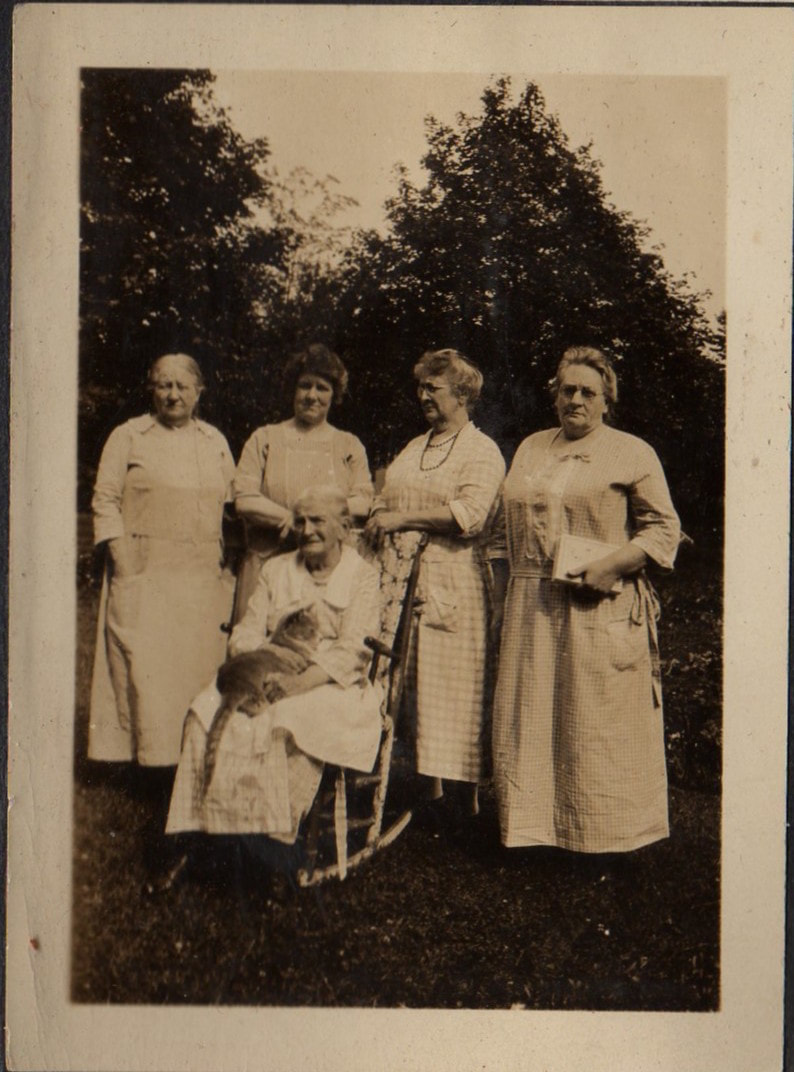
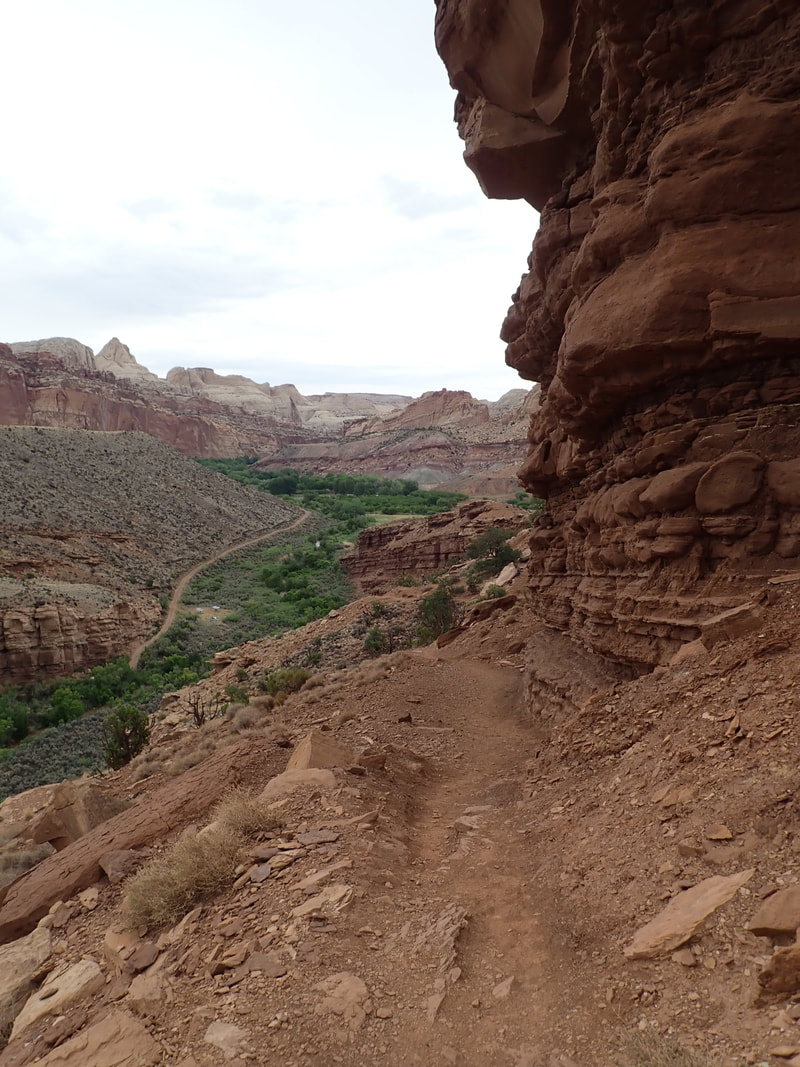
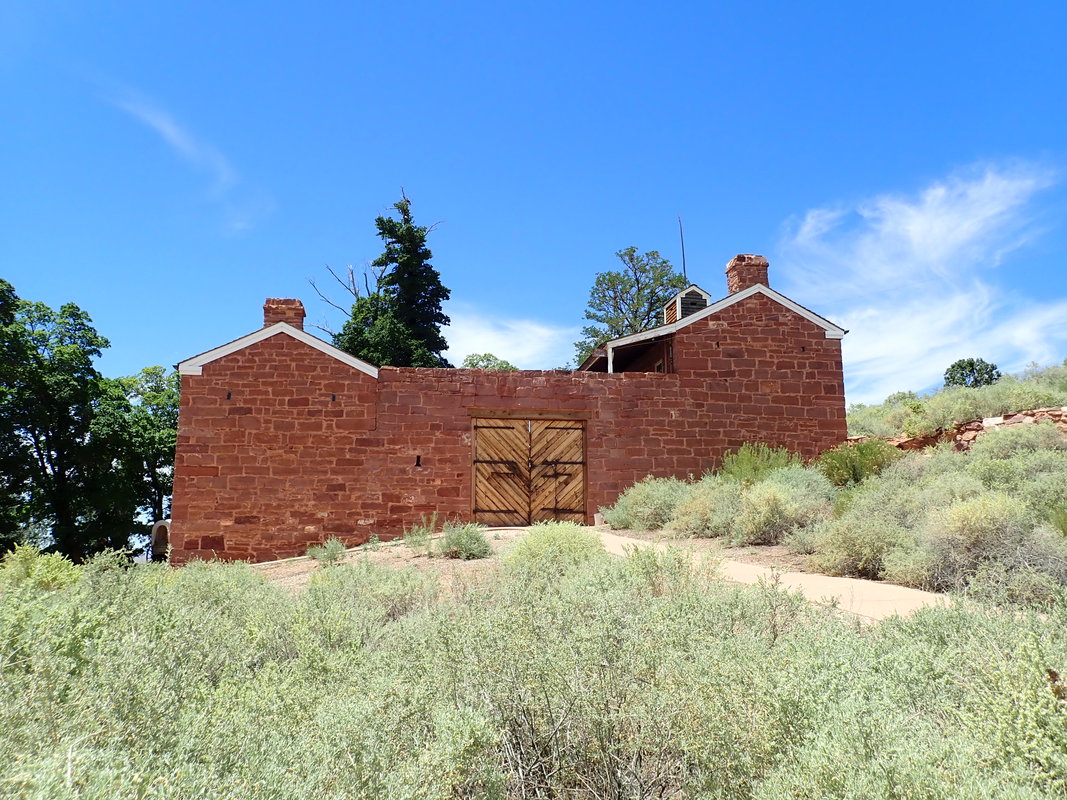
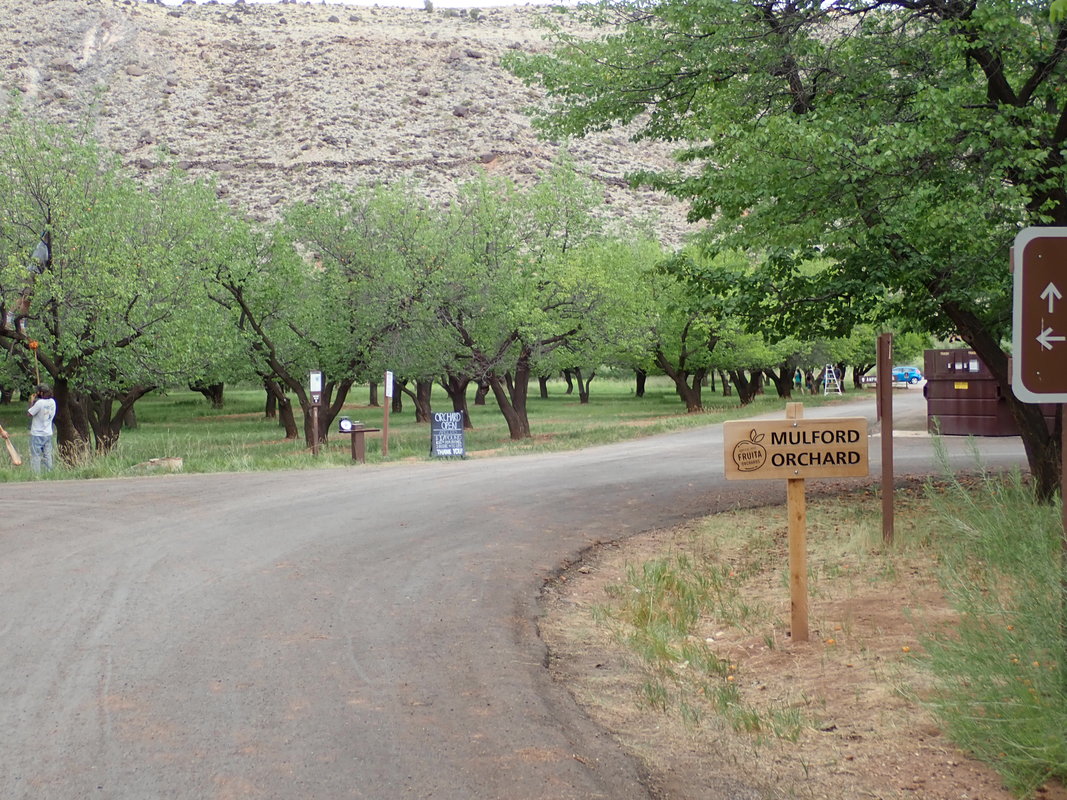
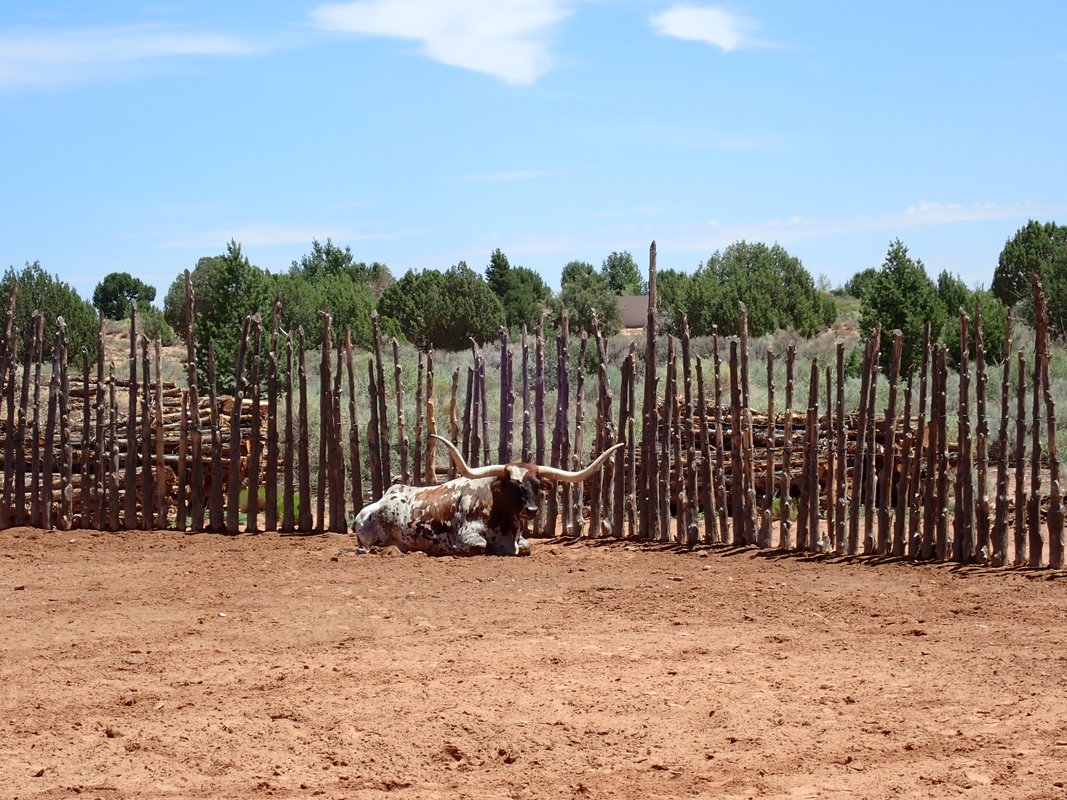
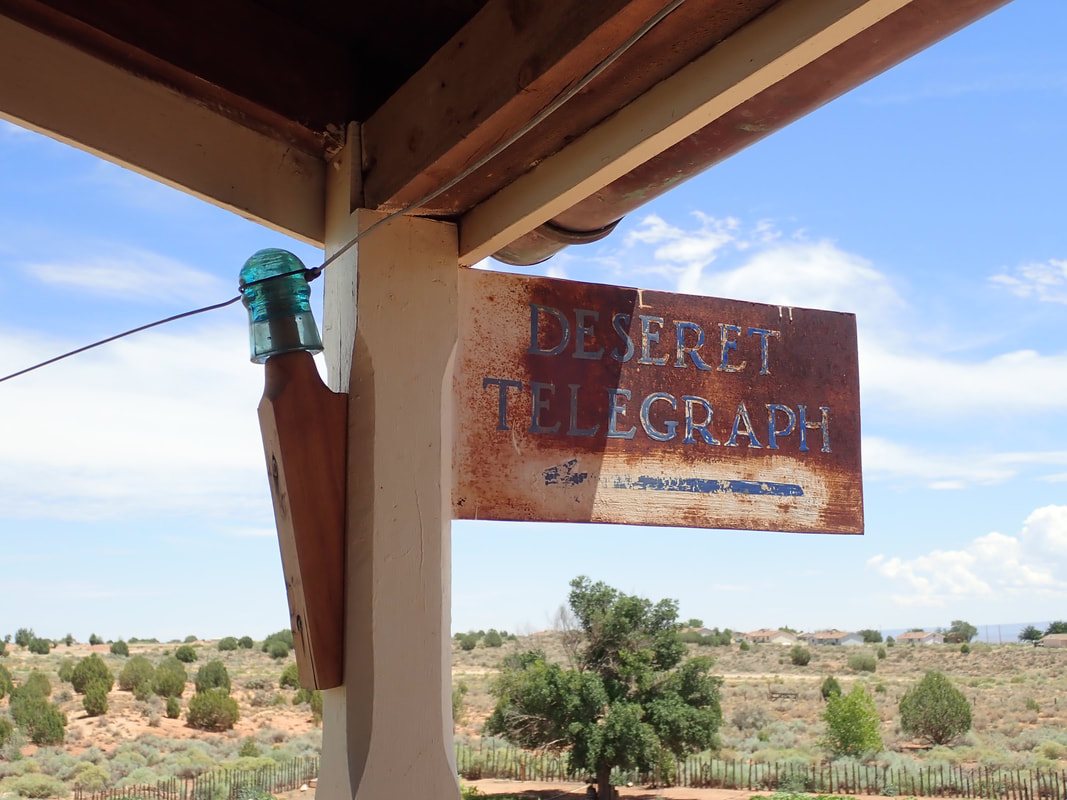
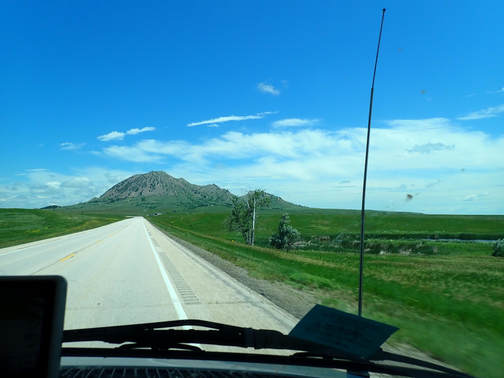
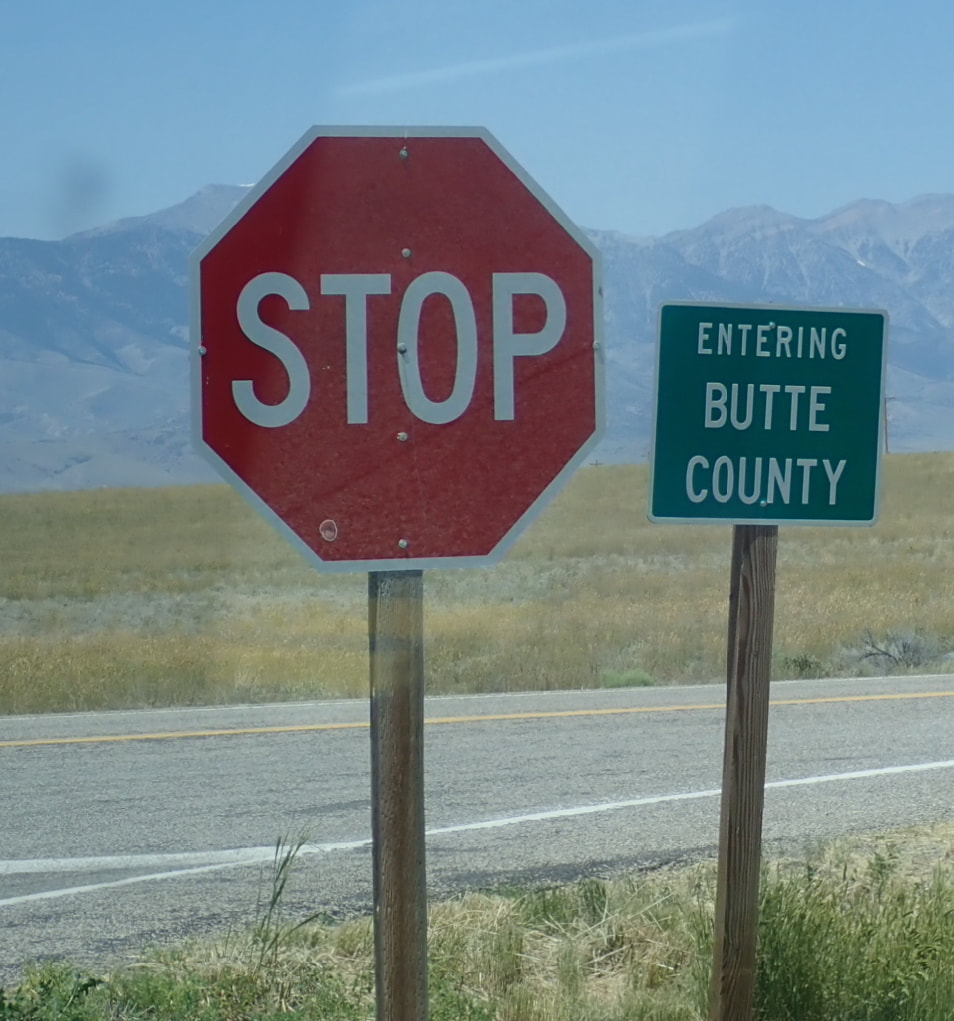
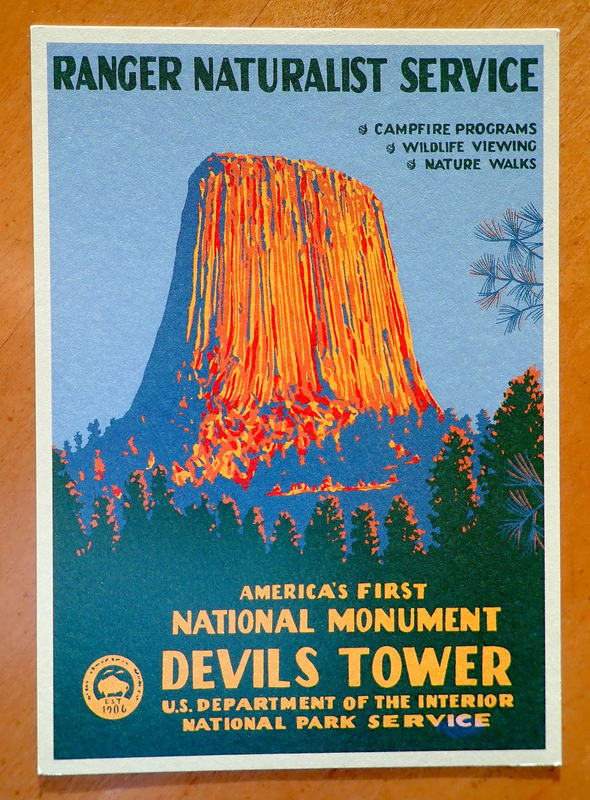
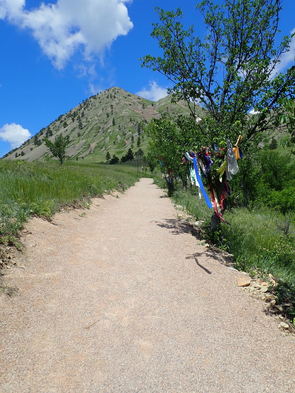
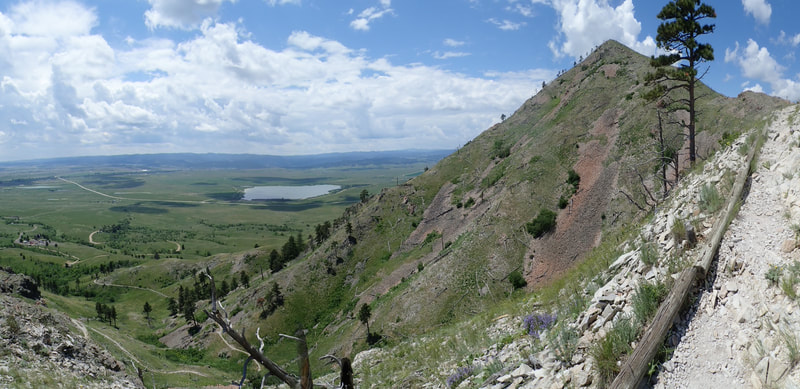
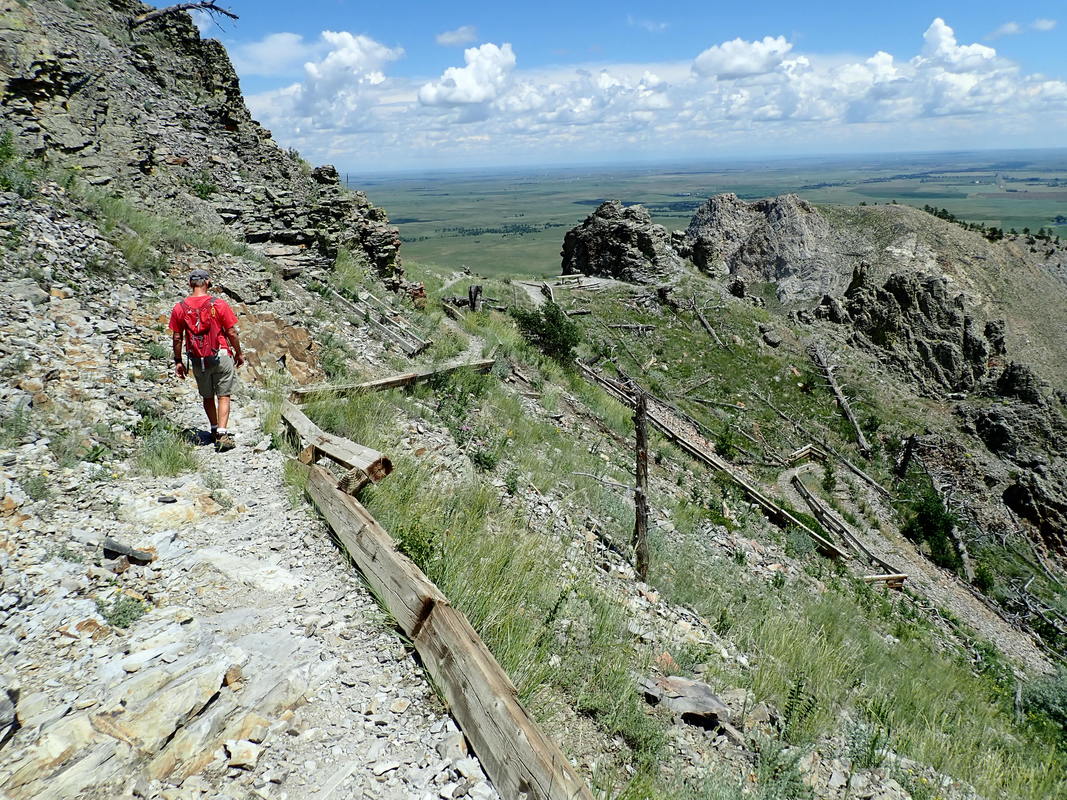

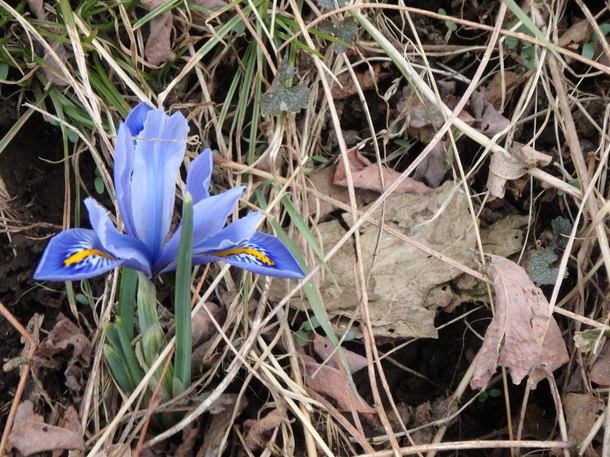

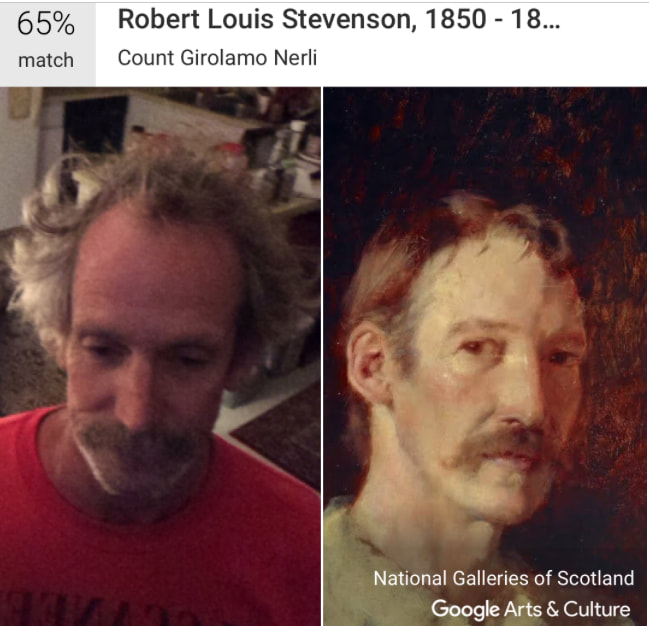
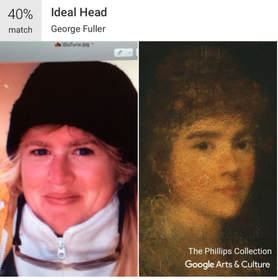

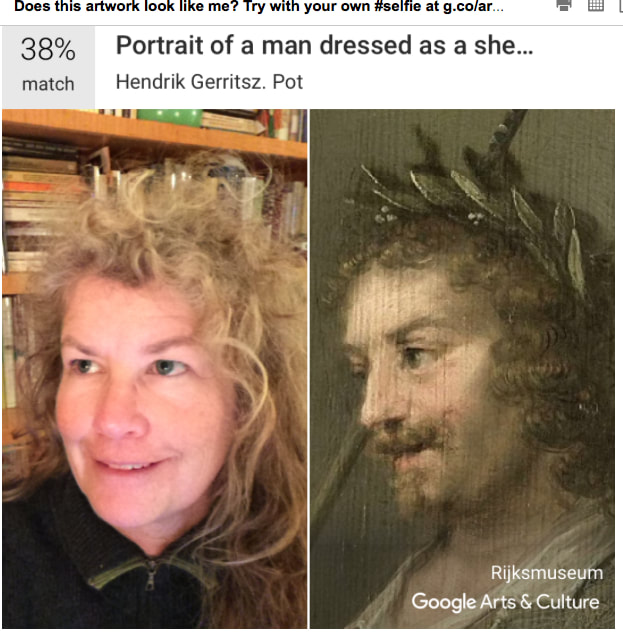
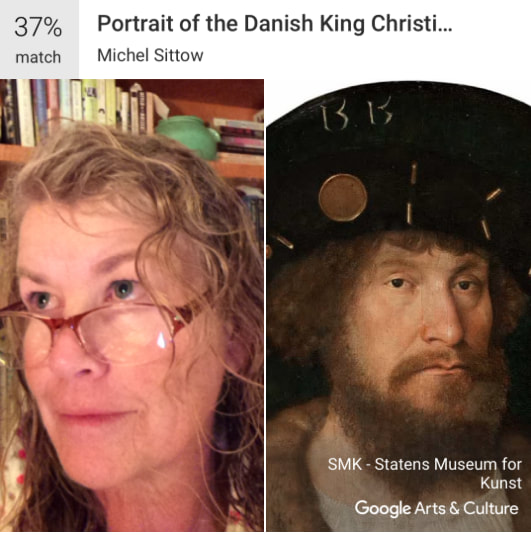
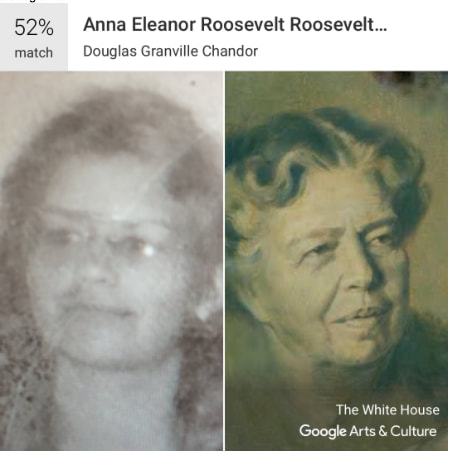
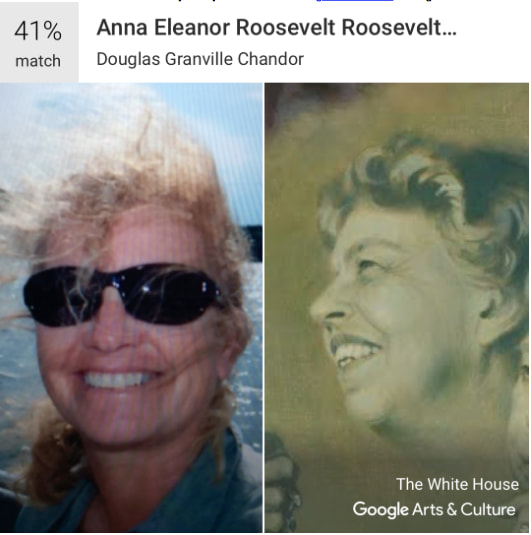
 RSS Feed
RSS Feed
